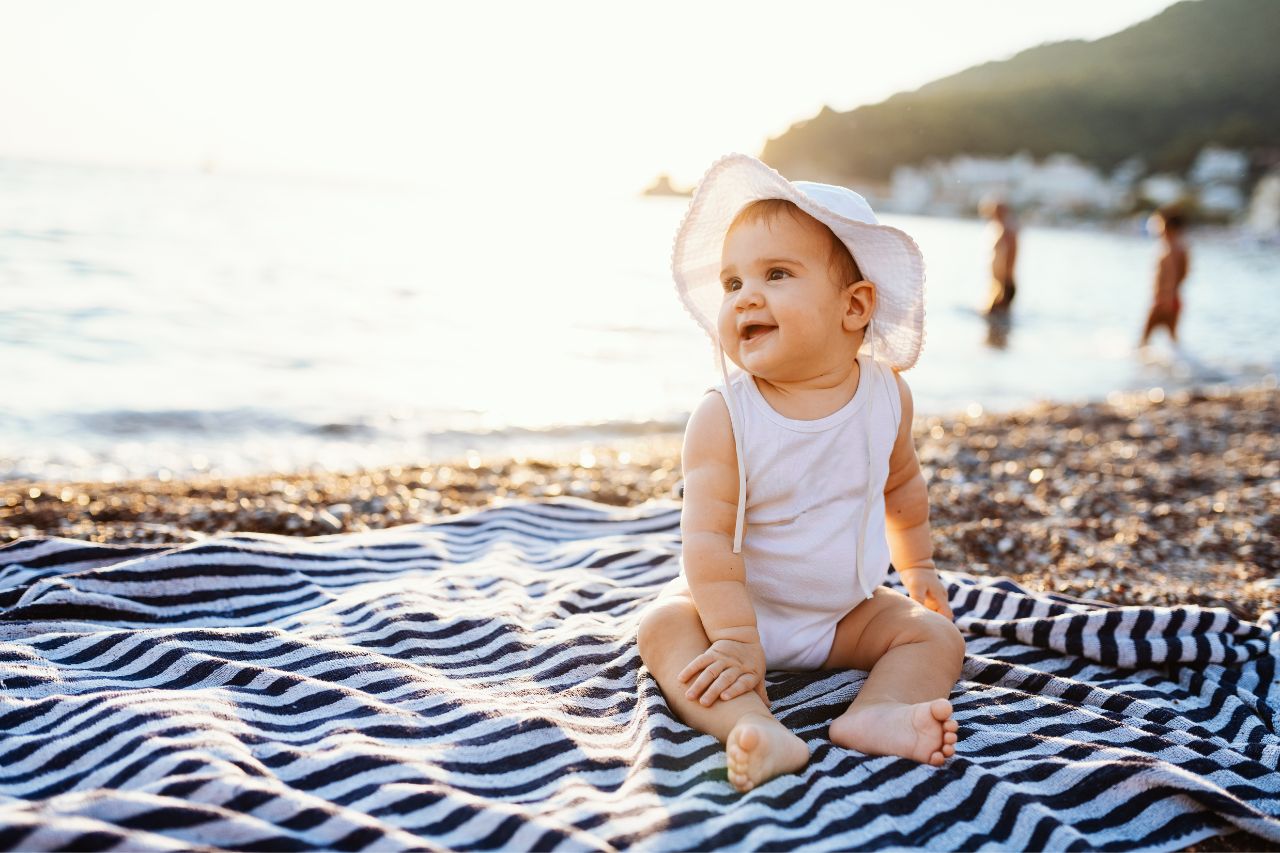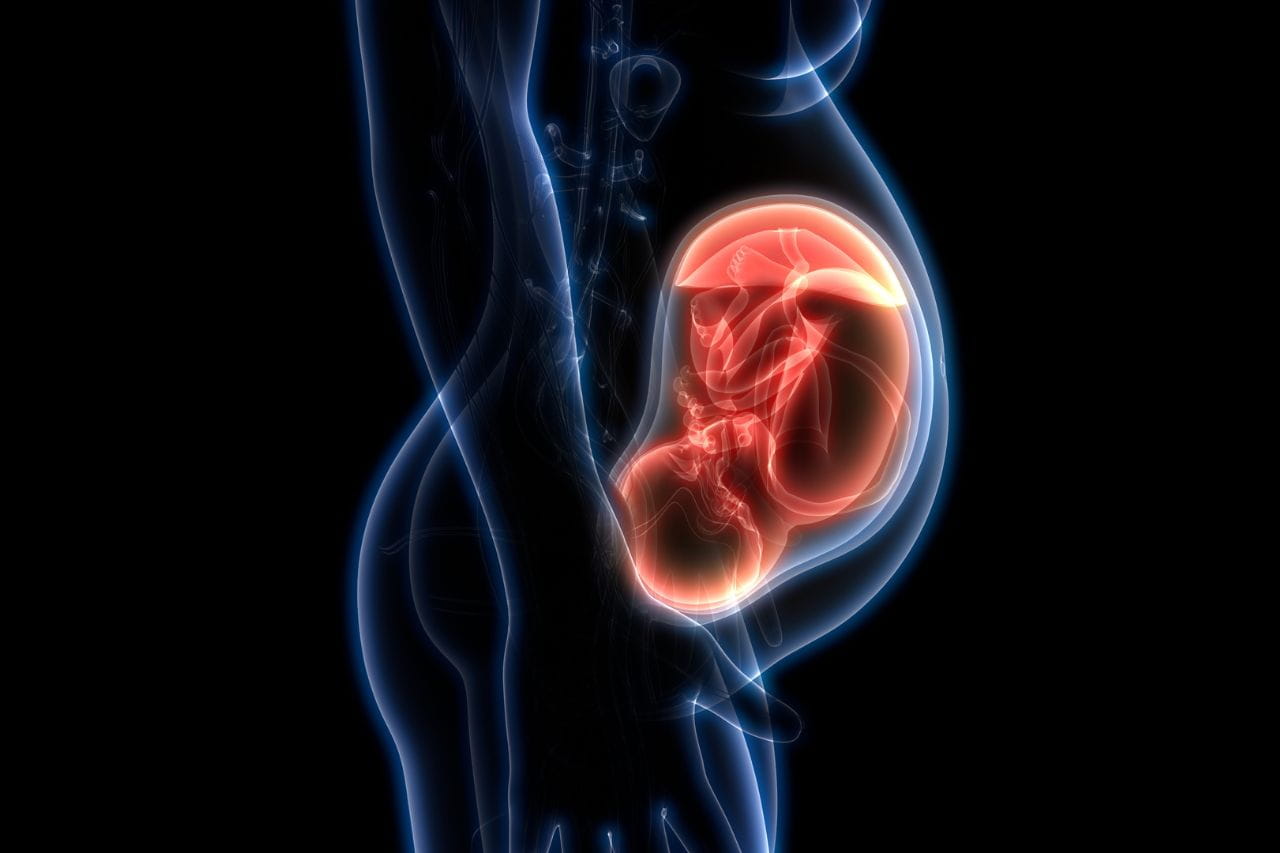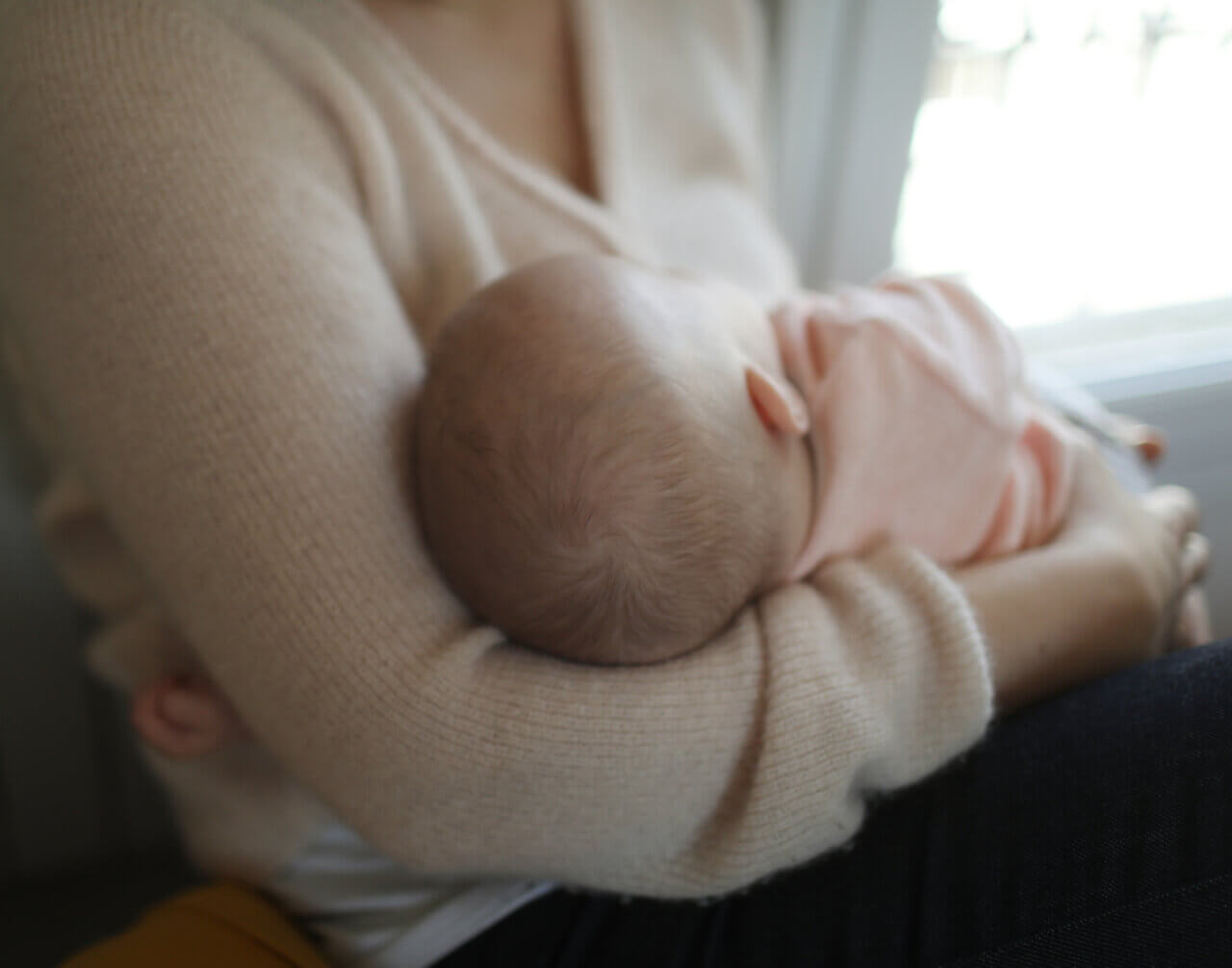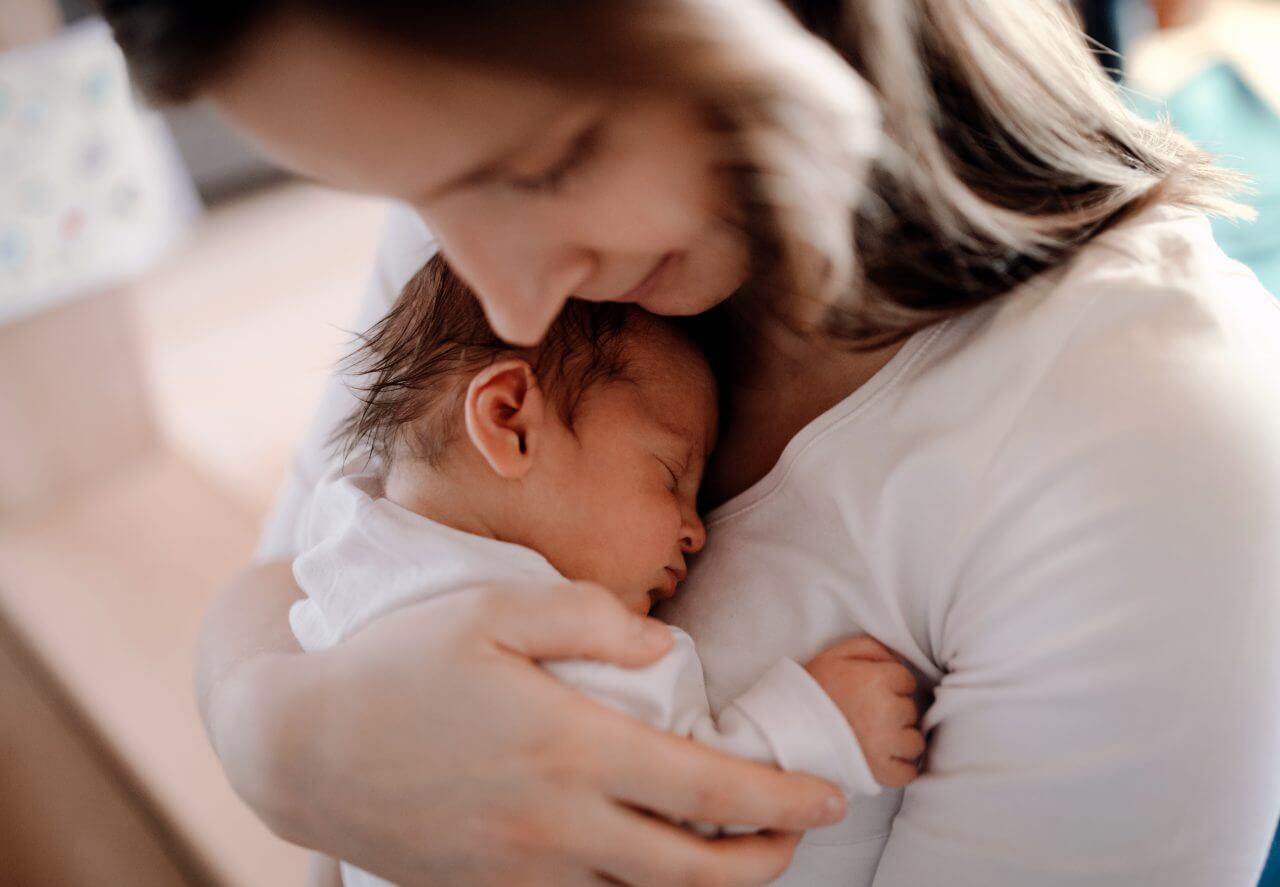Baby Safety in the Summer Heat

Exposure to excessive summertime heat can be harmful to people of all ages. That’s especially true for babies. And most experts agree that temperatures above 80 degrees Fahrenheit can harm infants since they can’t sweat effectively.
Sweating is one of the main ways the body cools itself. Because they have fully developed that capability yet, babies are much more susceptible to heat stroke and dehydration. And while it’s not as severe as the other conditions, exposure to high temperatures can also give babies an uncomfortable heat rash.
This article provides tips for keeping your baby cool and comfortable in the summer months.
Babies under six months shouldn’t drink water, so if they are becoming dehydrated, you should nurse them more or provide additional formula. A baby typically needs 50% more fluid on a hot day than a cool one. For example, if they usually consume around 20 ounces of formula, you should offer them at least 30 ounces.
Please note that the FDA and the American Academy of Pediatrics (AAP) recommend waiting until the baby is at least 6 months old before using sunscreen. Until then it is best to keep them out of direct sun.
If a child underage one gets a sunburn, consult their pediatrician. The doctor will likely have you run cool (not cold) water over the area and apply a moisturizer. If the skin blisters, don’t pop the lesions, as that increases the risk of infection.
Sweating is one of the main ways the body cools itself. Because they have fully developed that capability yet, babies are much more susceptible to heat stroke and dehydration. And while it’s not as severe as the other conditions, exposure to high temperatures can also give babies an uncomfortable heat rash.
This article provides tips for keeping your baby cool and comfortable in the summer months.
How to Protect Your Infant When It’s Hot Outside
Protecting your little one from the adverse effects of hot summer days is easy once you know how. Below are some proven practices you should use.NEVER leave a baby or young child in a car unattended
The temperature in a car can rise rapidly on a summer day, even if it’s parked in the shade with the windows cracked, etc. Consequently, you should never leave a baby or young child in the car for any reason — even for a few minutes. Doing so is extremely dangerous and likely illegal.Dress your baby appropriately
Lightweight, light-colored, natural fibers (like cotton) are best for babies. Ideally, they should wear a wide-brimmed hat and loose-fitting clothes that cover their arms and legs when outside. The goal is to keep them cool and protect their sensitive skin from the sun’s rays.Keep the air flowing
Air moving gently over the skin helps the body cool itself. If there isn’t natural air movement, you can use a small, battery-powered fan to create airflow. Just be sure you don’t point the fan at your baby’s face and that they can’t reach or dislodge the fan and injure themselves.Use a ventilated baby carrier
The baby carrier that keeps your child warm and cozy against your body in the colder months can have the opposite effect in the summer. Use one made of lightweight fabric and monitor your baby’s appearance. If their face gets flushed or they show other signs of heat exhaustion (see below), remove them from the carrier until they have cooled down.Ensure they stay hydrated
Because they don’t sweat like adults, babies may appear to be tolerating the heat well when, in fact, they are struggling. If your baby is breathing rapidly or restless or their skin is warm to the touch, they may be getting dehydrated.Babies under six months shouldn’t drink water, so if they are becoming dehydrated, you should nurse them more or provide additional formula. A baby typically needs 50% more fluid on a hot day than a cool one. For example, if they usually consume around 20 ounces of formula, you should offer them at least 30 ounces.
Find shade
Babies should spend the bulk of their outdoor time in summer in the shade. If you can find natural shade, that’s ideal. There are also tent-like structures for babies made of safe, sun-blocking material that also allows for proper air circulation.Apply sunscreen
For times when your baby can’t be in the shade (like when you take them into the water), they should have a light coating of sunscreen on their exposed skin. For older children, you should apply sunscreen more heavily and more frequently. Be aware that the average cotton t-shirt has a sun protection factor (SPF) of just 5, so they should wear sunscreen under their clothing.Please note that the FDA and the American Academy of Pediatrics (AAP) recommend waiting until the baby is at least 6 months old before using sunscreen. Until then it is best to keep them out of direct sun.
Be alert for signs of heat exhaustion
You should move your child to a cooler location if they exhibit symptoms of heat exhaustion, including:
- They’re irritable.
- They’re lethargic.
- Their skin is warmer than usual.
- They’re flushed.
- They aren’t interested in food or drink.
Signs that heat exhaustion has progressed and a baby needs immediate medical attention include:
- They are unusually sleepy, and you have trouble waking them.
- They vomit.
- Their skin goes from moist to very dry.
Be ready to treat heat rash and sunburn
In hot, humid conditions, babies and infants may develop a heat rash — tiny red bumps you might notice on their neck, in their groin, or between skin folds (behind their knees, on the inside of their elbows, etc.). To treat heat rash, remove any heavy or clingy clothing, apply cornstarch baby powder to the affected area, and dress them in loose, cotton clothing.If a child underage one gets a sunburn, consult their pediatrician. The doctor will likely have you run cool (not cold) water over the area and apply a moisturizer. If the skin blisters, don’t pop the lesions, as that increases the risk of infection.



